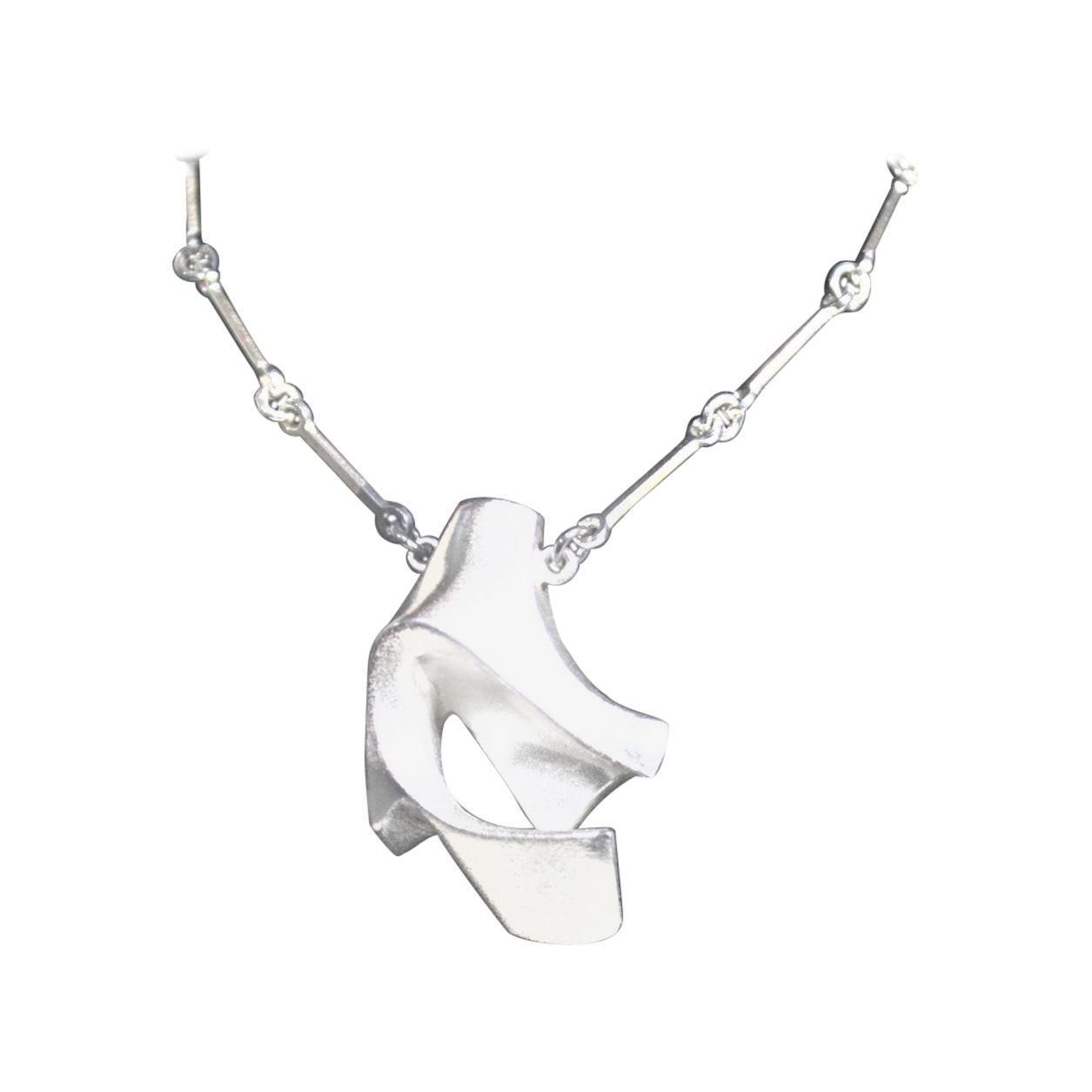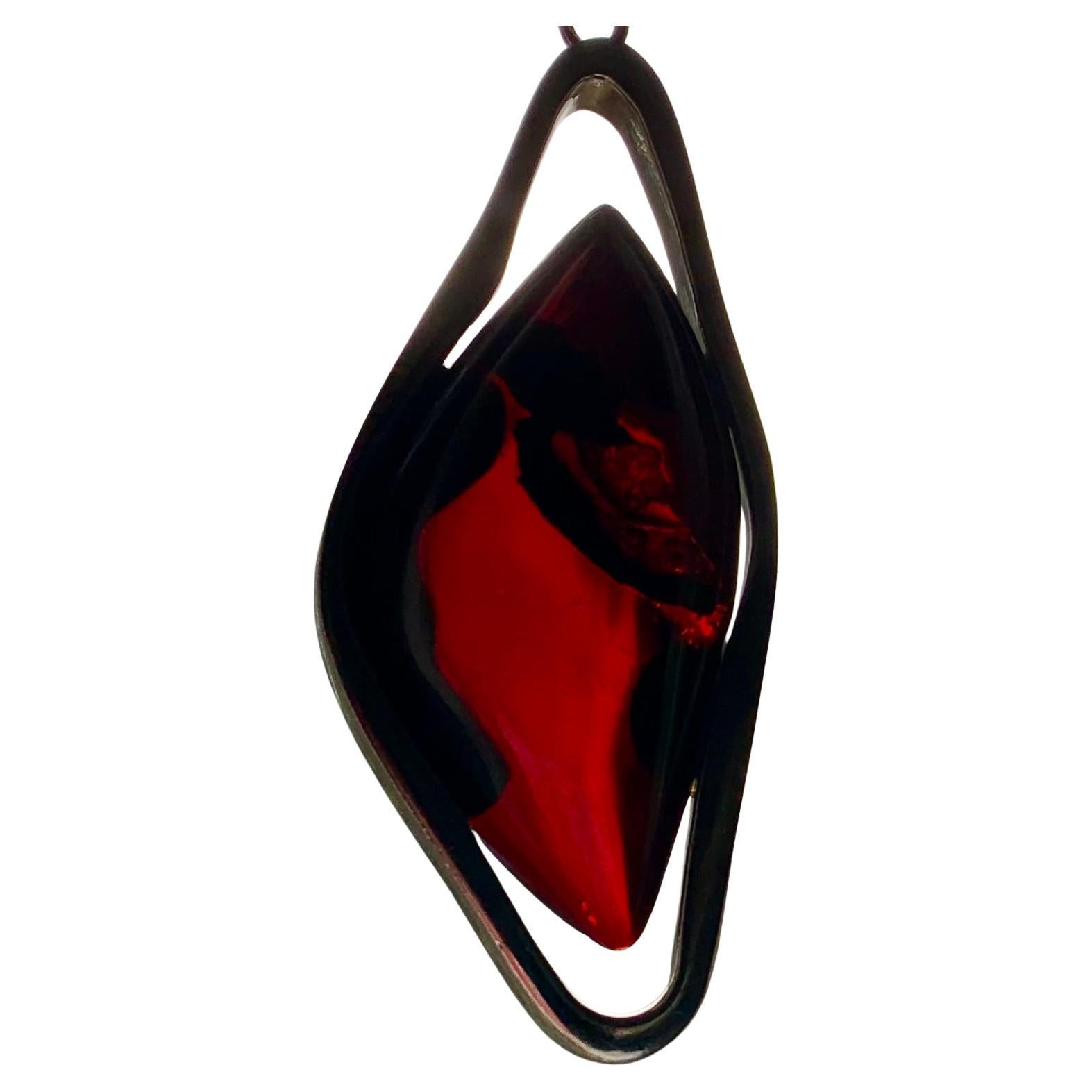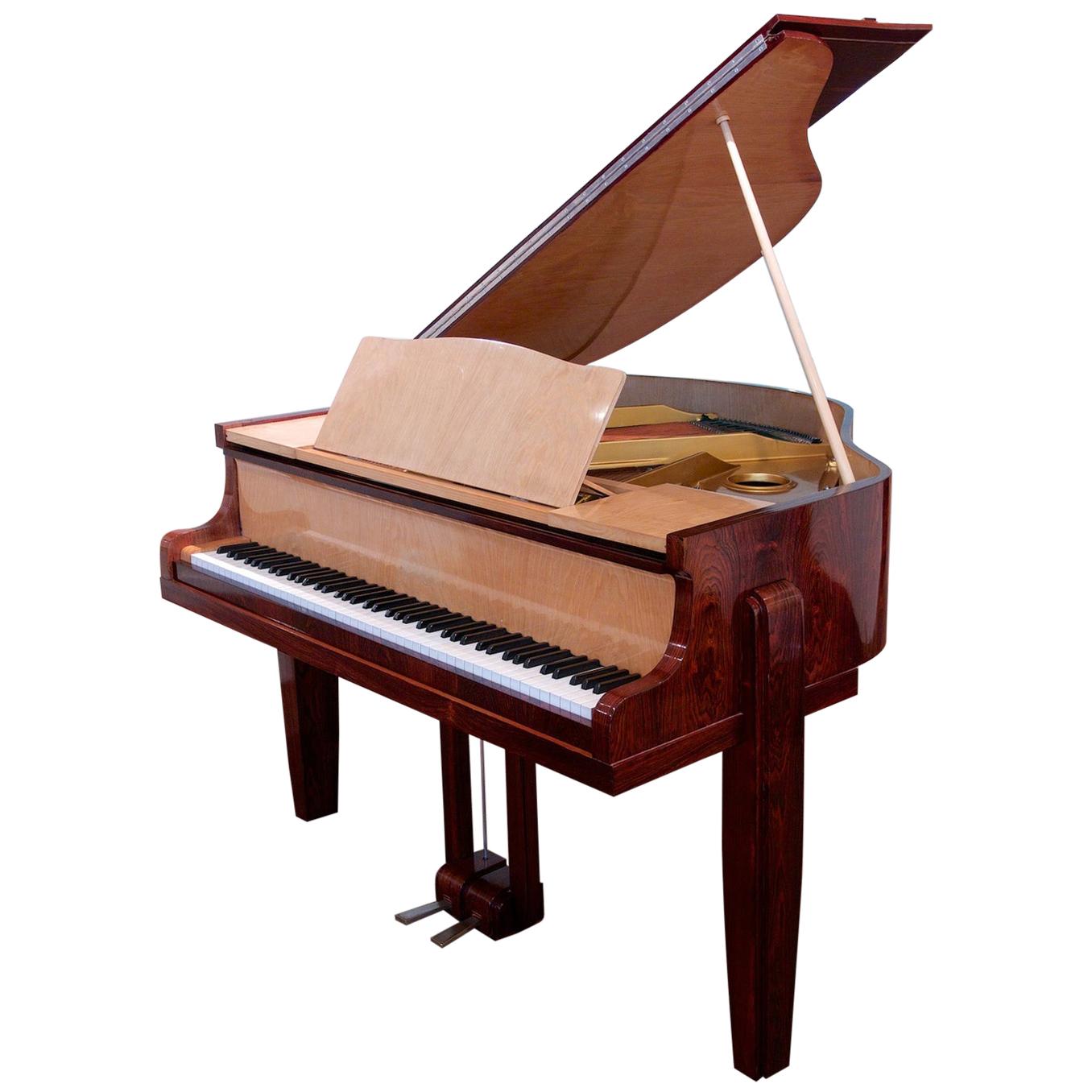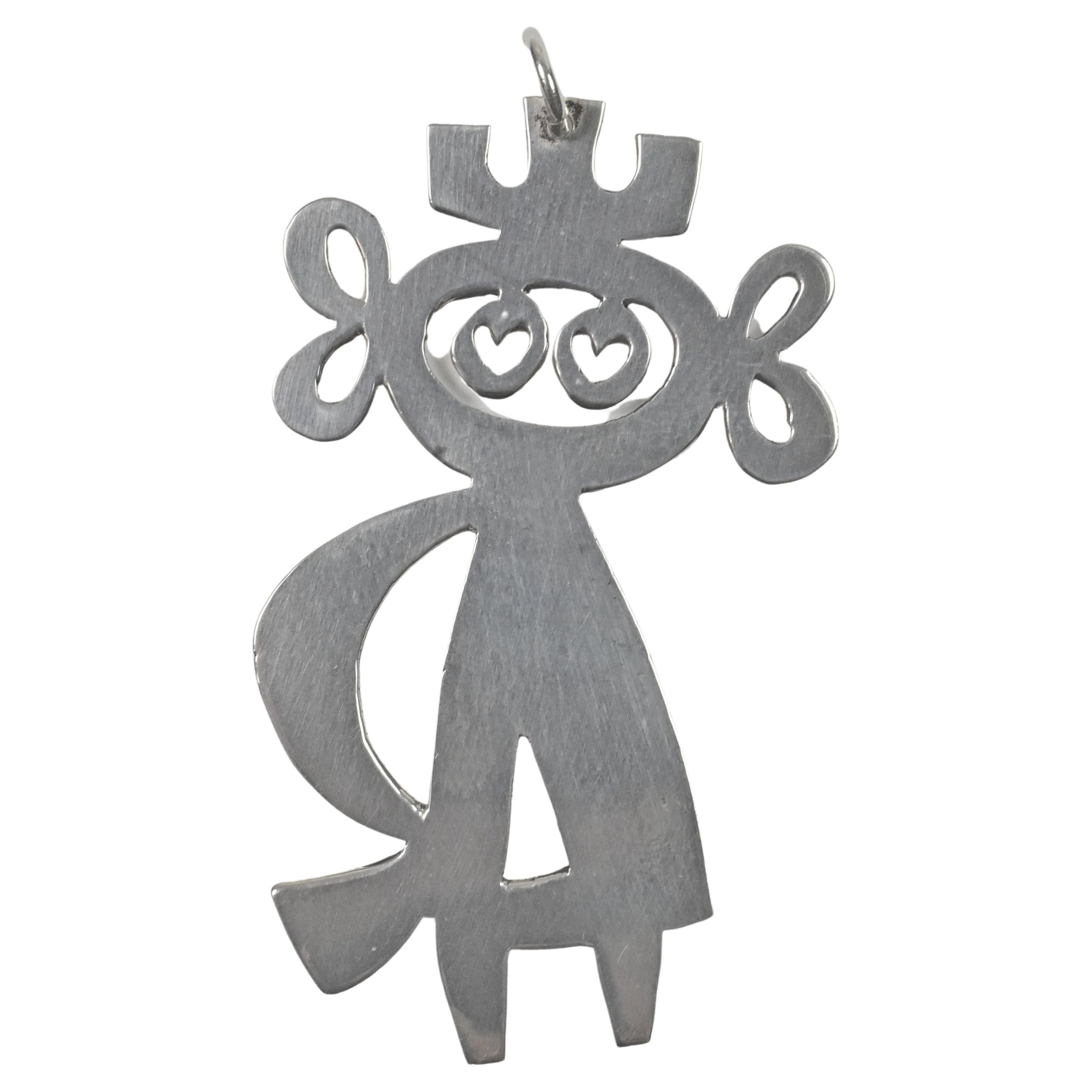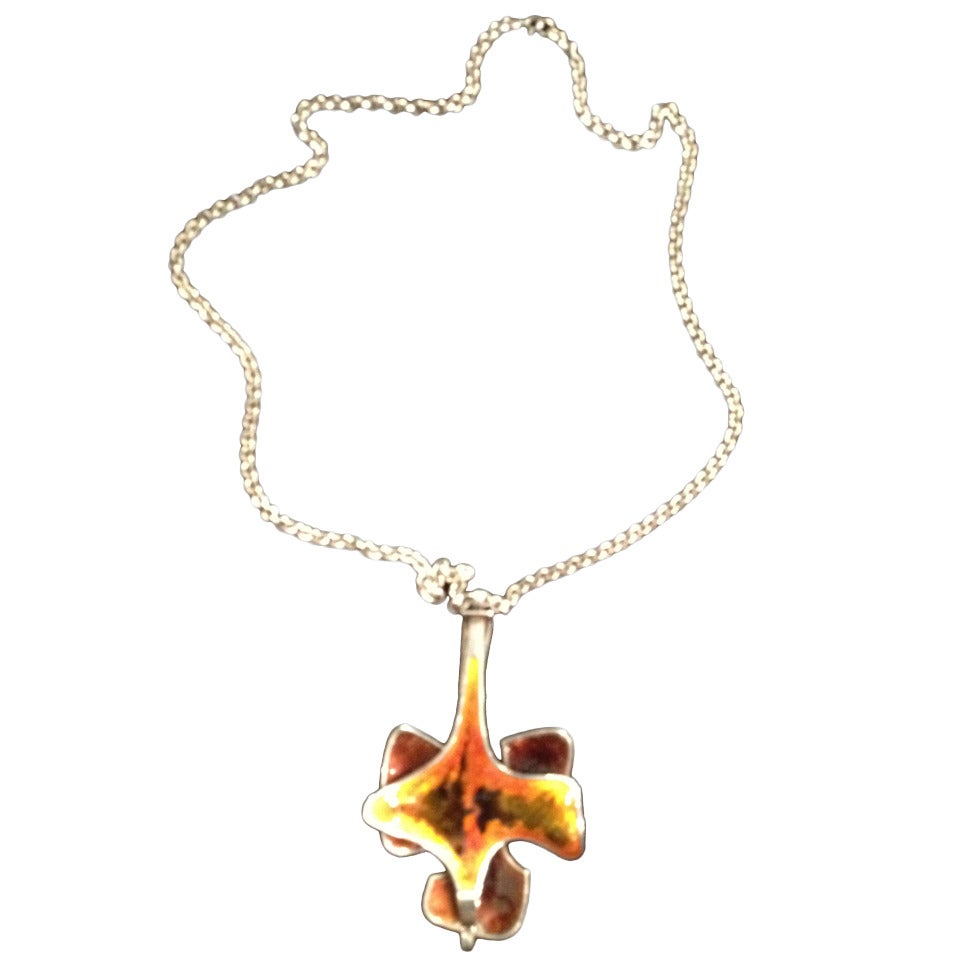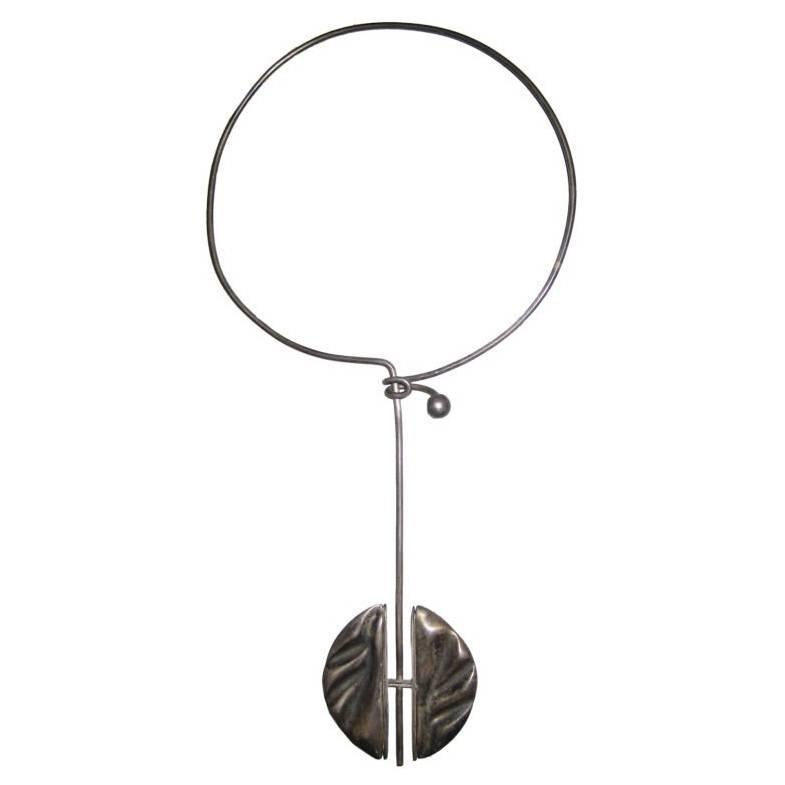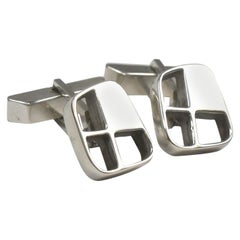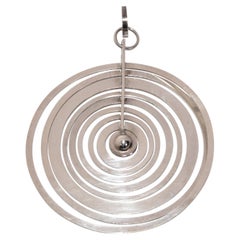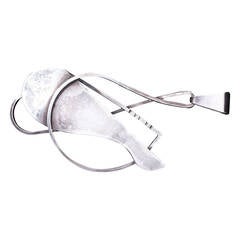
Paul Lobel Modernist Sterling Pendant
View Similar Items
1 of 8
Paul Lobel Modernist Sterling Pendant
About the Item
- Creator:Paul Lobel (Artist)
- Dimensions:Height: 3.2 in (8.13 cm)Width: 1.4 in (3.56 cm)Depth: 0.25 in (6.35 mm)
- Style:Mid-Century Modern (In the Style Of)
- Period:
- Date of Manufacture:Unknown
- Condition:
- Seller Location:Westport, CT
- Reference Number:1stDibs: LU107541857782
You May Also Like
- Modernist Sterling Silver Cufflinks by Paul LobelBy Paul LobelLocated in Toledo, OHModernist sterling silver cufflinks by Paul Lobel. 9/16", stamped sterling and Lobel. Nice cutout design, great condition. Dimensions: .57" W x .5" H.Category
Late 20th Century Collectible Jewelry
MaterialsSterling Silver
- Tapio Wirkkala Hopeakuu Sterling Silver Modernist Moon PendantBy Tapio WirkkalaLocated in Atlanta, GAModernist Hopeakuu (Silver Moon) Sterling Silver Pendant, designed by Tapio Wirkkala for N. Westerback Jewelers, Finland, circa 1970s. Measurements: 3.5" H x 2.5" W x .125" D. It has...Category
Vintage 1970s Finnish Mid-Century Modern Collectible Jewelry
MaterialsSterling Silver
- Elis Kauppi for Kupitaan Kulta Sterling Silver Modernist PendantBy Elis Kauppi, Kupittaan Kulta 1Located in Garnerville, NYSterling silver pendant with a faceted (most likely) smokey quartz stone. Fully signed, .925, Finland with Kupitaan Kulta anvil hallmark. This modernist gem possibly resembles a hamm...Category
Vintage 1960s Finnish Mid-Century Modern Collectible Jewelry
MaterialsQuartz, Sterling Silver
$540 Sale Price20% Off - Modernist Sterling Silver BraceletBy Ronald Hayes PearsonLocated in Atlanta, GAA selection of Modernist Sterling Silver Bracelets, American, circa 1950's. The bangle and the cuff with the semi-precious stone we...Category
Vintage 1950s American Mid-Century Modern Collectible Jewelry
MaterialsSterling Silver
$550 / item - Bjorn Weckstrom Lapponia Modernist Biomorphic Sterling Silver Pendant & ChainBy Bjorn WeckstromLocated in Hamilton, OntarioThis sterling silver and acrylic pendent and chain were done by the renowned Finnish jewelry maker, Bjorn Weckstrom in his signature Organic Modernist style in approximately 1970. Th...Category
Mid-20th Century Finnish Organic Modern Collectible Jewelry
MaterialsSterling Silver
- Pierre-Paul Montagnac Modernist PianoBy Pierre-Paul MontagnacLocated in Philadelphia, PAFrench Modernist Art Deco piano and bench by Pierre-Paul Montagnac, a variant of the model used in one of the luxe apartments, the Caen, on the great French oceanliner Normandie in 1935. Created in rosewood and sycamore, and carefully and correctly restored, including the fine Erard (#127208) instrument. 56” wide x 60” deep. Documented in numerous sources, including the July 1935 issue of Art et Decoration. Pierre-Paul Montagnac (1883-1961) Born in Saint-Denis, France on 9 May 1883, Pierre-Paul Montagnac was equally talented as a fine artist and a decorative artist. He was educated in both disciplines, studying with Eugene Carriére as well as at the Académie de la Grande Chaumiére, both in Paris. His inaugural exhibition was at the 1912 Salons – and at the 1920 Salon d’Automne he received a traveling scholarship. In 1918 he began working in the firm of André Mare and from 1922 collaborated with Maurice Dufrene at La Maîtrise, the famous design studio of Galeries Lafayette. From 1921 he exhibited at the Salons of la Société des Artistes Décorateurs, Salon des Architectes Modernes, and internationally, in Barcelona and Leipzig. He designed suites on the grand French oceanliners, l’Atlantique, Normandie and Pasteur. At the 1925 Paris International Exposition his work was in a standout class. At the 1937 Exhibition he organized the pavillion of the Artistes Decorateurs and personally won a Grand Prix. For the New York Exhibition in 1938, he was a member of the international jury, organized the group of Decorators, and, as architect, organized the exhibitions of jewelry and perfumes. He became a member of the Society of Modern Architects and executed important and numerous architecture and decorating projects including the luxury apartments on the great French oceanliners l’Atlantique, Pasteur, and Normandie. Vice President and then President of the Societe des Artistes Decorateurs from 1930-1938, he was also President of the Salon d’Automne and Vice President of the Committee of the Exhibition of Arts and Embellishments of Life; member of the steering committee of C.T.I. and Artistic Property, member of the Board of Directors of the Central Union of Decorative Arts. He was also an Officer of the Legion of Honor and received the Cross of War. MONTAGNAC was the son of an engineer and he had a taste for geometry and science that predisposed him to the rigors of architectural laws. Multi-talented, he worked independently as a painter – who had paintings acquired by the French government – while also working in the related fields of architecture and decoration. His work included homes, apartments, galleries, luxury shops, banks and the aforesaid oceanliners. As a designer/decorater, Montagnac had the taste for quality, luxurious furniture, using precious woods, bronze extensions, ivory inlays, mother-of-pearl, metal and coral. He advocated for a resolutely modern style and, free of all pastiches, focused on beautiful cabinetry, the challenges of furniture design, particularly from 1940 to 1945, captured all his attention. The tireless activity of Montagnac, whose varied works are represented in official museums and residences, was also recognized from a professional and social point of view. He was a remarkable organizer, devoted to the cause of art, to the defense of the trade and his colleagues. It was Montagnac who, in 1939, with Anatole de Monzie, took the initiative to found the ENTRAIDE to Artists (which provides support to talented young French artists). MOBILIER ET DECORATION, September/October 1953 ERARD An illustrious piano manufacturer, Sebastien Erard began building superior harpsichords in Paris in the mid-1700s, produced pianos for the French Court, and received a multitude of patents, many of which are still in use in piano manufacturing. Erard pianos were marketed as the finest pianos in the world and were owned by Queen Victoria, Franz Liszt, Chopin, Verdi, Ravel, and Felix Mendelssohn among many others. They continued to enjoy international success well into the 20th century. They were known for their unique sound quality, similar to the American square grand piano...Category
Vintage 1930s French Art Deco Musical Instruments
MaterialsRosewood, Sycamore




